Solar System
1/32
There's no tags or description
Looks like no tags are added yet.
Name | Mastery | Learn | Test | Matching | Spaced |
|---|
No study sessions yet.
33 Terms
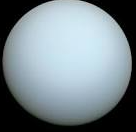
What celestial body is this?
This body is Uranus.
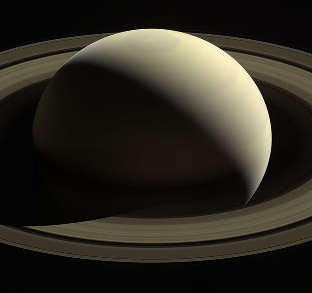
What celestial body is this?
This planet is Saturn.
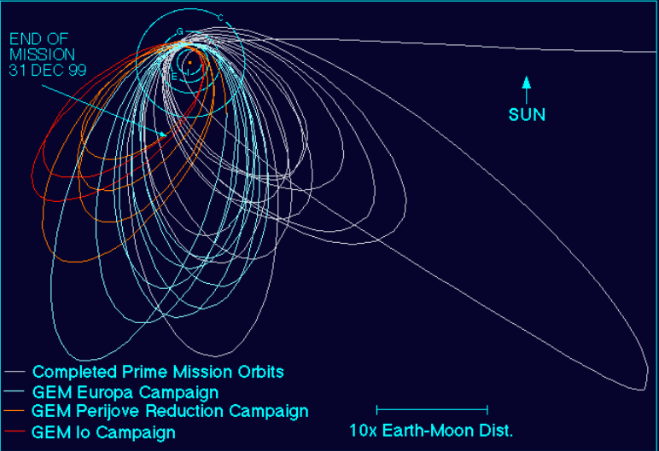
Picture of Jupiter Galileo orbiter path
Galileo – Jupiter Orbiter (1995–2003)
Entered orbit around Jupiter in December 1995 NASA Science+1
Did 35 orbits of Jupiter, including many flybys of its major moons (Europa, Io, Ganymede, Callisto) Encyclopedia Britannica+1
Ended mission by plunging into Jupiter’s atmosphere on Sept. 21, 2003 to avoid contaminating its moons NASA Science
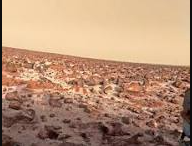
What spacecraft took this picture, and where is this?
Mars Viking, Mars.
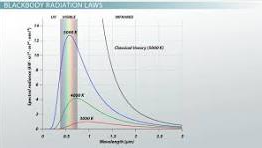
What diagram is this?
This is the Stefan-Boltzmann diagram.
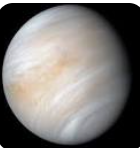
What celestial body is this?
Venus
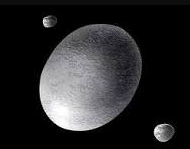
What celestial body is this?
This is Haumea, a dwarf planet.
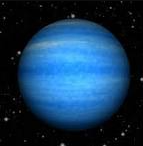
What celestial body is this?
This is Neptune, a planet.
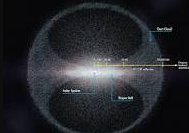
What comet cloud is this?
This is the Oort Cloud
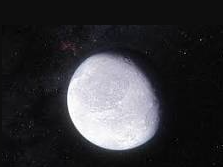
What celestial body is this?
This is Eris, a dwarf planet.
List Jupiter's main moons in order from biggest to smallest.
Ganymede, Callisto, Io ( most Volcanic ), Europa
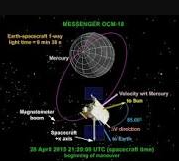
What spacecraft is this?
Mercury’s MESSANGER orbit

What celestial body is this?
This is Ceres, a dwarf planet.

What diagram is this?
This is the Axis-Tilt Diagram
Mercury has 6 moons, true or false?
False. Along with Venus, Mercury has no moons.

What celestial body is this?
This is Sedna, a dwarf planet.
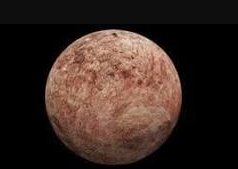
What celestial body is this?
Makemake, a dwarf planet.
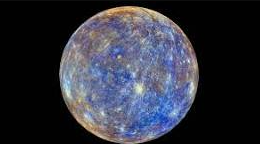
What planet is this?
This is Mercury.
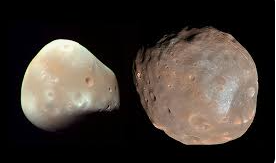
Which planets moons is this? Which one is going to crash into their planet, and which one’s moving away from their planet?
This is Phobos and Deimos, Mars’s two moons. Phobos will crash into Mars, while Deimos will drift away from Mars. Phobos is the bigger one ( right )
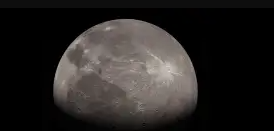
Which moon/planet is this? If it’s a planet, which planet is it? If it’s a moon, what’s it’s name and the planet is belongs to?
This is Ganymede, one of Jupiter’s moons.
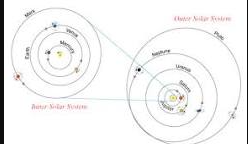
What is this diagram about?
This is the Top-Down Orbit Diagram, which gives a bird’s-eye view of the Solar System.
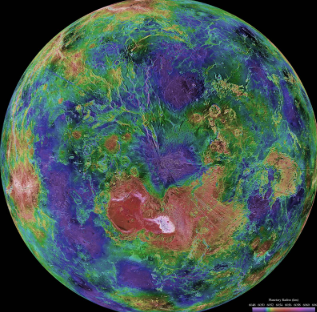
What radared planet is this?
This is Venus, from the Venus ( planet ) Magellan ( rover ) radar map
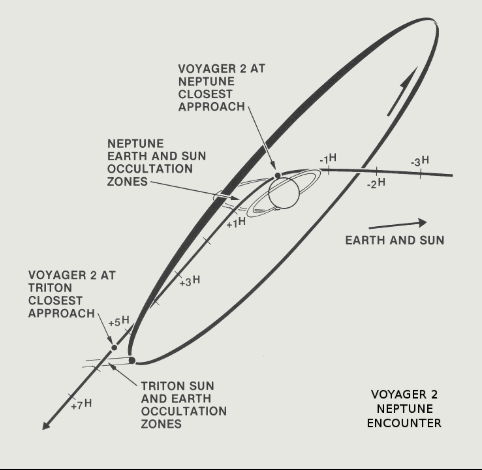
What planet orbit trajectory is this?
Voyager 2 – Neptune (1989)
Closest approach: ~4,800 km, north pole
Flew by Triton after Neptune
Discovered 6 moons & rings, measured strong winds
Blue color = methane
Glance & memorize: Flyby → north pole → Triton → moons/rings → winds → methane
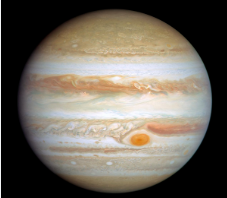
What planet is this?
Jupiter
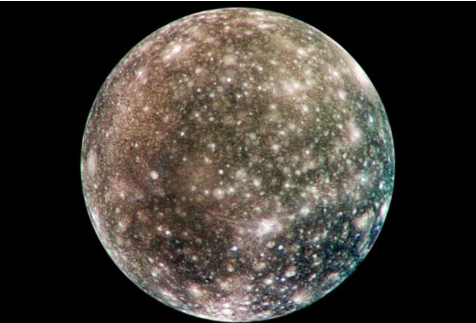
Is this Mercury? True or false
False. This is Jupiter’s moon, Callisto.
What’s Aphelion?
Farthest point in orbit from the sun.
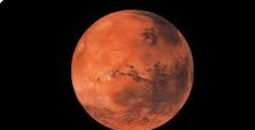
What celestial body’s this?
This is Mars.
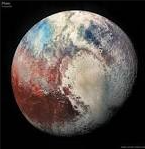
What celestial body’s this?
This is Pluto, a dwarf planet
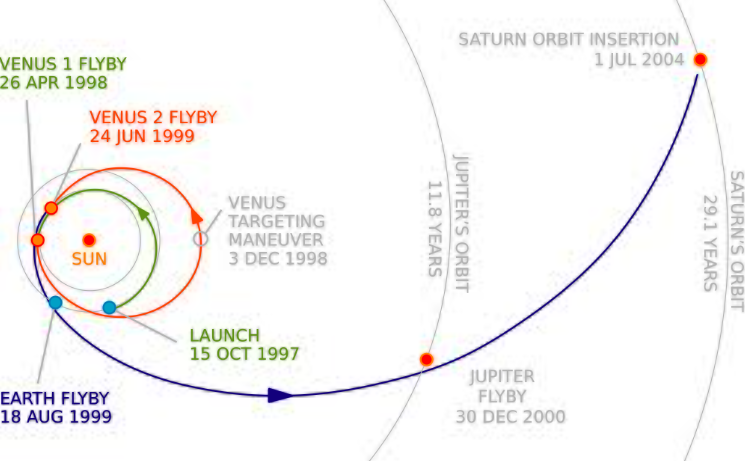
What spacecrafts orbit trajectory is this?
Cassini-Hugens
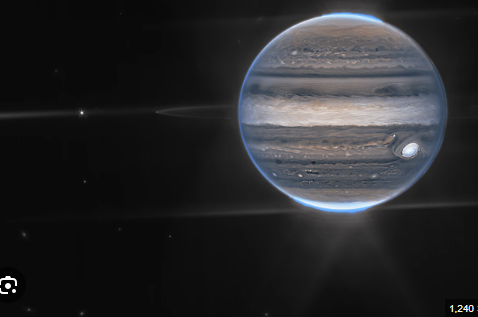
Which planet’s rings are these?
These are Jupiter’s rings.
Difference between inner vs. outer planets?
The inner planets (Mercury, Venus, Earth, and Mars) are rocky planets made mostly of rock and metal with solid surfaces. They are smaller and generally have fewer moons and no rings. The outer planets (Jupiter, Saturn, Uranus, and Neptune) are gas giants or ice giants. They are much larger, mostly made of gas, have thick atmospheres, many moons, and often have wide ring systems.
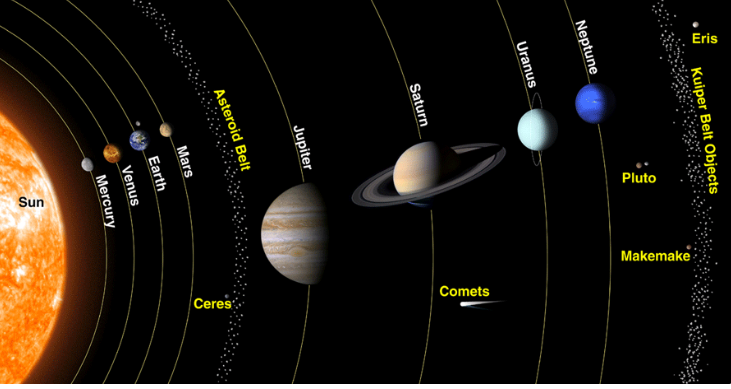
What’s Perihelion?
Closest point in orbit to the sun.
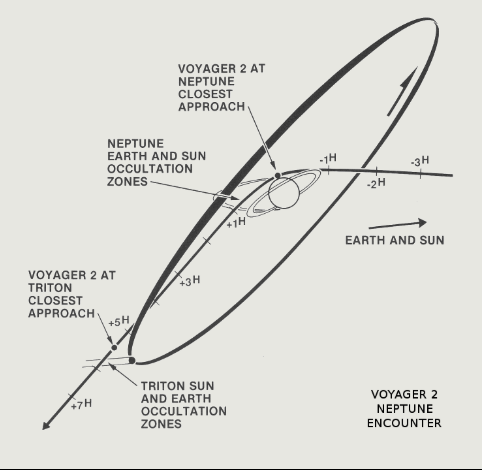
What spacecraft orbit is this?
Neptune Voyager 2 flyby trajectory-
Voyager 2 – Neptune Flyby (1989)
Closest approach: ~4,800 km near north pole
Flew by Triton after Neptune (~40,000 km)
Discovered 6 new moons & rings
Measured strong winds (1,100 km/h); blue from methane
Flyby, not orbit
Glance & memorize: Flyby → north pole → Triton → moons/rings → winds → methan